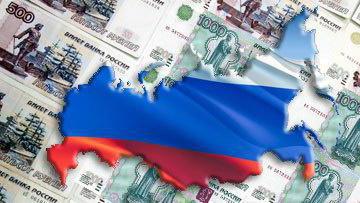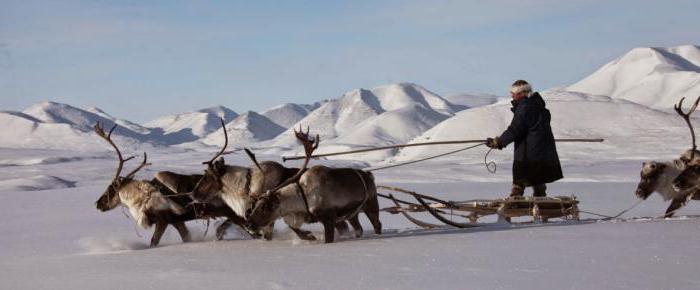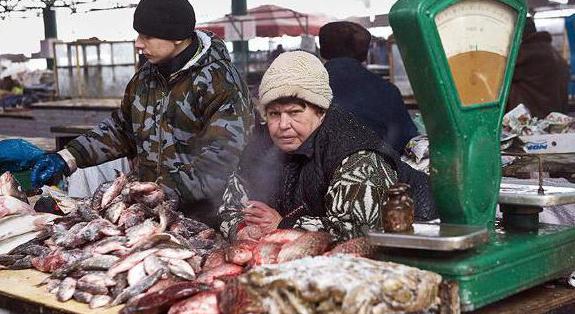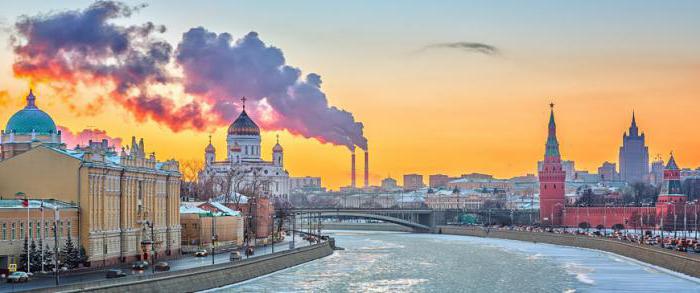Russia is a high-income country, according to the methodology of the World Bank. It ranks sixth in GDP in purchasing power parity. Her national economy is mixed. Most strategic enterprises are state-owned. This allows authorities to easily intervene in the economy. During market reforms carried out in the 1990s, most industrial enterprises were transferred to private hands, but the energy and military sectors remained under state control.

Key Indicators
Russia is in 15th place in terms of GDP. Its size in 2016 amounted to 1.178 trillion dollars. In the first quarter, it fell 1.2%. GDP per capita is $ 8058, at purchasing power parity - 23 875. In 2015, inflation exceeded 12%. About 13% of people live below the poverty line. The number of working-age population is 76.5 million, the unemployment rate is 5.6%. In the first quarter of 2016, exports amounted to $ 60.2 billion, imports - 37.9. Russia has huge reserves of natural resources. According to World Bank estimates, their total value is about $ 75 trillion. The national economy is highly dependent on revenues from the sale of energy resources. The oil and gas sector brings 16% of GDP, 52% of federal budget revenues and 70% of exports.

Sectors of the economy
The structure of GDP by sector is as follows: 4% - agriculture, 36.3% - industry, 59.7% - services. The most productive area is the latter. The able-bodied population is distributed as follows: 9.7% - agriculture, 27.8% - industry, 62.5% - services.
Historical information
In the 1990s, the national economy experienced a sharp decline. It was accompanied by tremendous inflation, an outflow of investments, a shortage of goods, a sharp increase in external debt. Against this background, the economy was barterized due to a decrease in the purchasing power of the population. Many people either did not get paid at all, or instead of money they gave food. Over the next decade, a series of reforms were implemented. The national economy ceased to be planned and turned into a market economy. After that, the economy began to show steady growth. The global financial crisis had a negative impact on the national economy of the Russian Federation. When the situation began to gradually stabilize, a conflict arose in Ukraine, and with it Western sanctions. The first quarter of 2016 is characterized by extreme instability of the national currency due to falling oil prices. The development of the national economy largely depends on the establishment of a dialogue with the West.

Industry
The share of this sector of the national economy in 2014 amounted to 36.3%. It employs 27.8% of the working population. Russia is one of the main industrial powers. In the 1990s, there was a significant decline in this industry, however, over the past 10-15 years, it has seen steady growth. About 65% of the industry of the Russian Federation is the manufacturing sector, 24% is the extraction of minerals and 11% is the production and distribution of gas, water and electricity. The most developed industries are hydrocarbon processing, metallurgy, mechanical engineering, and the production of vehicles. The important place in the industry of the Russian Federation is military-industrial complex. The defense sector is one of the most high-tech in the country. Russia ranks second in arms exports. The country produces a large number of weapons unique in its characteristics.Historically, Russia has been the place where the most important inventions in the field of defense took place.

Services sector
The Russian national economy is developing not only at the expense of industry. The service sector is becoming increasingly important. It provides 59.7% of GDP. In the service sector, 62.5% of the working population is employed. It includes 10 main areas. The largest is the turnover of services in the Central Federal District. It is immediately followed by Volga. The increase in turnover in 2014 was recorded in the field of housing and communal services. Their total value amounted to 20.22 trillion rubles. In the structure of the sphere in the Russian Federation, utilities, transport, communications, healthcare, and education are of utmost importance. For one resident of the country services account for 50 thousand rubles. However, if we consider the sphere on average, then the salary in it is less than in the country. But in some segments they are very high. The largest salaries are received by specialists in the field of finance, public administration, transport and communications, realtors.

International trade
Russia's exports in the first quarter of 2016 amounted to $ 60.2 billion. The main products are gasoline and its derivatives, natural gas, metals, wood, chemicals. The main export partners of Russia are the Netherlands, Germany, China, Italy, Ukraine, Turkey, Belarus and Japan. Imports in the first quarter of 2016 amounted to $ 37.9 billion. The main products are consumer goods, equipment, machinery, pharmaceutical products, plastic, metal products, meat, fruits, nuts, optical and medical instruments, iron and steel. The main import partners of Russia are China, Germany, Ukraine, Belarus, Italy and the USA. However, more than 70% of exports are oil exports. Therefore, the development of the national economy is extremely dependent on the prices of these raw materials. This is what today's crisis has shown. Therefore, the main task is to diversify exports and imports, expand trade relations with various regions.








